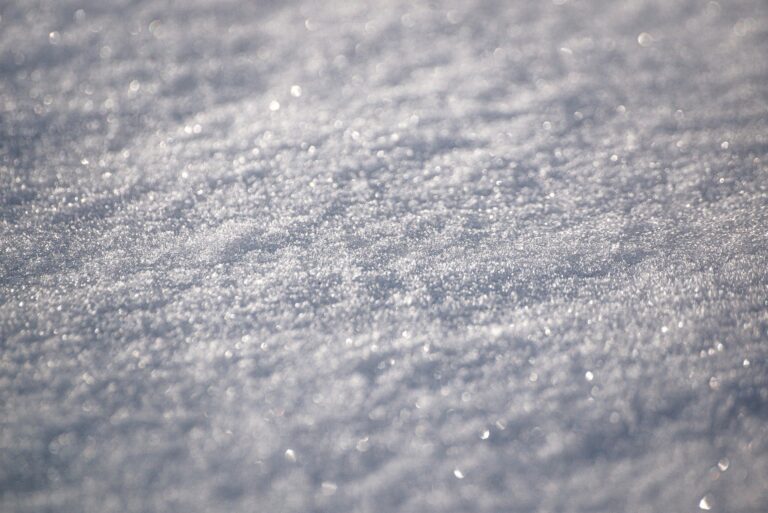The 22nd of the 24 Chinese Solar terms is here – Winter Solstice or 冬至 (Dōngzhì). Let’s learn a bit about this period in the Chinese calendar.
It starts on December 21st, and that day brings the shortest daytime and the longest nighttime. After that date, the days progressively become longer and longer, all the way until Summer Solstice in June.
Historically, starting from the Shang and Zhou dynasties, Chinese people celebrated a Winter Solstice Festival as the start of a new year, and to this day, many have the belief that Dōngzhì is a good time to start something new. However, it is not a public holiday.
The origins of this festival reach back to the Yin and Yang philosophy of harmony and balance because the darkness of Yin slowly gives way to the light, or Yang, according to Chinese tradition. Customarily, Winter Solstice Day is the time for family to get together (something like Christmas Eve for many Westerners).

冬至 has three pentads, like any other Chinese Solar term. They are: 蚯蚓结, 麋角解 and 水泉动. The first one, 蚯蚓结 (qiū yǐn jié in pinyin), means “earthworms form knots”, referring to the hibernation of earthworms. The second one, 麋角解 (mí jiǎo jiě in pinyin), with the meaning “deer shed their antlers” alludes to the fact that all deer lose their old antlers from the previous year and start sprouting the winter version around this time – the ones that are covered in a kind of fuzz and will harden over the course of the year. In ancient China, it was believed that this happened because of an excess of Yang (female energy). The third pentad is 水泉动 (shuǐ quán dòng in pinyin), which literally translates to “Spring water moves”. Again, in olden times, it was believed that the Yang energy was prevalent during that time, which allowed the air to warm and the springs to release more water.

Dumplings have been an essential part of Dōngzhì Festival since ancient times and up to this day. There is a legend that Zhang Zhongjing, a renowned doctor at the end of the Eastern Han Dynasty (25 – 220), found his fellow townsmen were suffering from cold and hunger. Many of them had terrible chilblains in their ears. On Winter Festival, he cooked a food named Jiao Er with a stuffing of medicinal herbs and other ingredients to feed these people, and they recovered soon. Later people learned to make the food to create present-day dumplings. By the way, the saying that one’s ears will be frozen if he does not have dumplings on the Winter Solstice is widespread till today. So, for North China, dumplings are still the main meal during Winter Solstice.

Although being the darkest day of the year, Dōngzhì is not its coldest one. A Chinese proverb says: “There is no real cold until after Dongzhi”. The days after 冬至 are traditionally divided into nine periods with nine days each, which end with the first spring spirits. These periods represent the stages of this season.
There is even a song dedicated to the 9 periods of 9 days after Winter Solstice:
So cold are the first and second Nines
That we do not dare hold out our hands.
During Nines three and four
Water freezes, on ice we go
In the fifth and sixth Nines are to be seen
On the far bank of the river, the willows green
The rivers thaw during the seventh Nine
In the eighth we welcome the wild geese,
Winter sees an end in the last Nine days,
When blossoms and flowers smile in spring.




